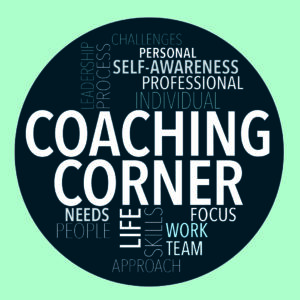But Chris’s IMD coach noticed something. Despite a 360-degree review that suggests a calm demeanor and positive energy, Chris is coming to coaching sessions increasingly late and is visibly distracted. A conversation with the IMD coach reveals that Chris is preparing to announce a slew of redundancies back in the workplace; redundancies that are tied both to performance and structural changes in the organization.
Chris is experiencing feelings of anguish and anxiety that he associates with the difficult conversations ahead. After all, these redundancies will personally and professionally impact members of Chris’s team – a team that has felt bonded and tight through thick and thin. Giving these individuals bad news – being an agent of harm, as Chris puts it – is eliciting strong feelings of guilt and anxiety that are hampering Chris’s progress both at work and in the IMD program.
The coaching journey
Chris’s IMD coach kicks off the process by helping him explore the distinction between reality and experience: between the actual context or circumstances of a situation and the assumptions or feelings about that situation. The coach helped Chris understand that our feelings come from how we think about a circumstance – not from the circumstance itself. This engenders an “a-ha” moment. For the first time, Chris is able to separate a necessary and thoughtful business decision (to let people go) from the personal experience of anguish and pain that he is feeling. A second discovery quickly follows. By separating these negative feelings from the actual circumstances, and questioning their provenance, Chris is able to surface new insights around a need to be perceived as a “nice” person; a need to be liked.
Working with the IMD coach, Chris now starts to see that this personal need may be standing in the way of effective leadership. Exploring the Secure Base Leadership model, Chris begins to appreciate that, more than being liked, leadership is about providing safety, comfort, and protection as well as the inspiration to explore and take risks out of their comfort zone.
This is the care and dare model of leadership that empowers others to achieve while honoring their humanity even if – and especially when – that also means giving them “bad news.” Leadership, framed this way, is about giving other people a secure base from which to operate – not about being their friend, creating only comfort, and being liked.


 Audio available
Audio available




